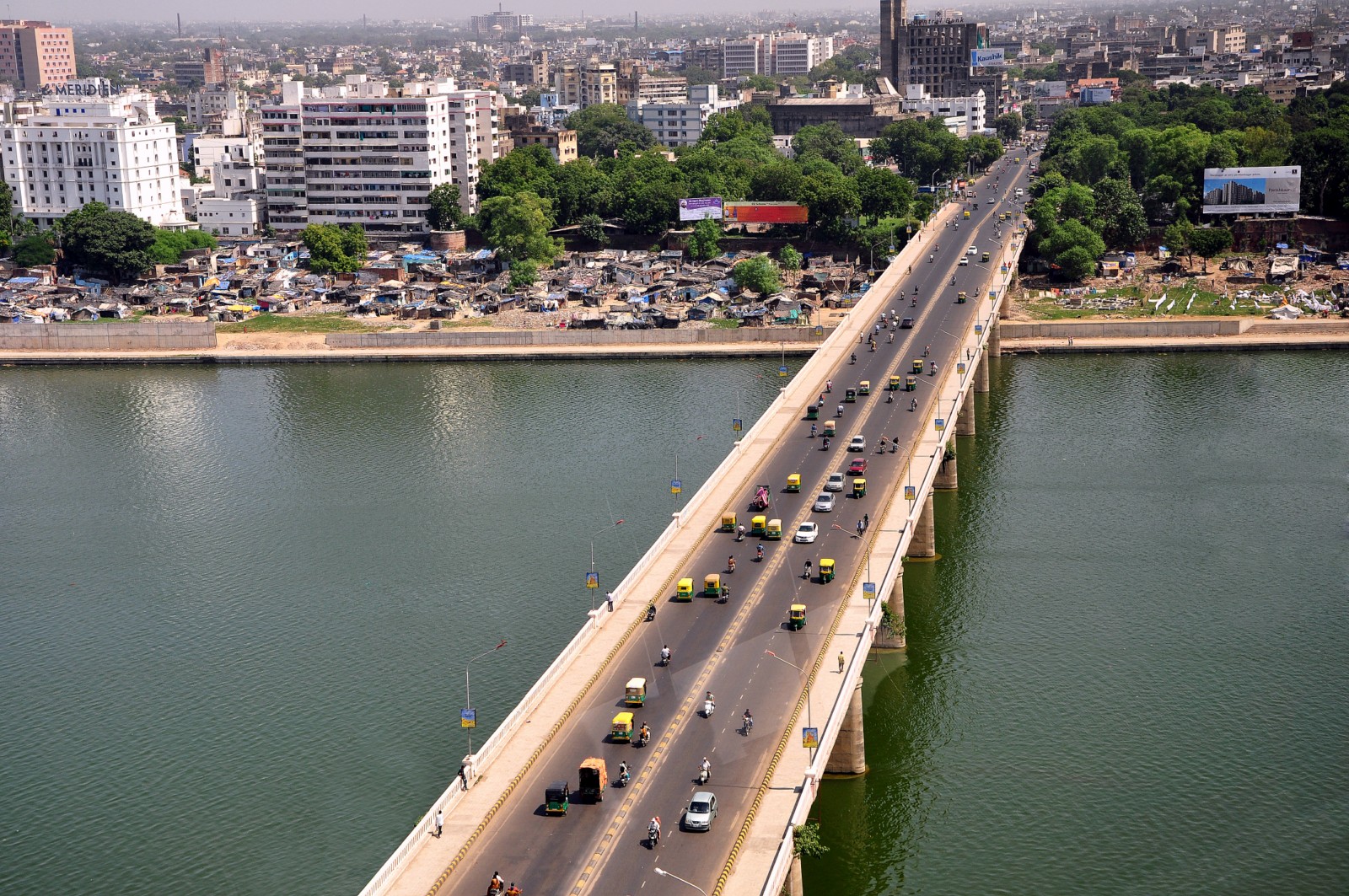Praveen Priyadarshi summarises his book, Remaking Cities: Urban Reforms in Ahmedabad and Kanpur, India, which seeks to explore barriers to reforming governance systems in urban centres and cities.
Reforming governance systems is difficult. Reforming governance systems in urban centres and cities more so. The question is, why are governance reforms hard to accomplish? Also, why is reforming city governments especially difficult? Further, is the second question a subset of the first question? Or are they thematically related but analytically independent? For example, one possible explanation for the difficulties of governance reforms is that political institutions, as a set of formal rules and informal practices and norms, are notoriously sticky and path dependent. It is true for the institutions of urban governance as well. But is there something more to urban governance that makes it even more resistant to change? My book Remaking Cities: Urban Reforms in Ahmedabad and Kanpur, India answers this question by exploring the attempts at governance reforms in the cities of Ahmedabad and Kanpur. While Ahmedabad is a case of a relatively successful implementation of urban reforms, Kanpur is a city where the attempts did not work so well.
Remaking cities in post-reforms India
Let me start by giving you a very brief history of the policies of city remaking in India. India launched its largest-ever programme for urban renewal in 2005. The government named it after arguably the tallest nation-builder and the first prime minister Jawaharlal Nehru. The name of the programme also included the words ‘national’ and ‘mission’. Presumably, the former was to convey a sense of scale and the latter to convey a sense of urgency. The JNNURM ended in 2014. The mission succeeded modestly as a national aggregation, and unevenly across the 65 cities where it was implemented. In sum, the ambition of urban renewal remained unachieved.
Before we go into the failure, let us first try to understand what kind of remaking of the cities was written into the policies that the mission nudged and coaxed the provincial states and cities to adopt, and to what end? In his speech while inaugurating the mission in December 2005, Prime Minister Manmohan Singh focused on two factors underlining the significance of urban renewal policies.
PM Singh talked about global demographic trend according to which the world is increasingly becoming urban. That the urban share worldwide is tipped to rise from approximately one-third in 1950 to approximately two-thirds in 2050. Accordingly, the urban world needs to gear up for the future and be prepared to welcome the rest of the world into urban life. The JNNURM was an example of the policy interventions typically implemented in the global south at this point in history. It suggested the sense of policy urgency, which followed from the argument that the world is becoming increasingly urban.
Secondly, the PM saw rapid urbanisation as a demographic inevitability, which required a policy intervention. The question was, what shape should the urban future take? What role should the urban centres play in the larger scheme of things? The Prime Minister’s answer was unequivocal: we should shape urbanisation and remake our cities in a way that enables economic growth. The PM envisaged cities as a conduit of capital between the global and the domestic markets. This vision of the cities as ‘growth engines’ had its roots in the larger neoliberal thinking that Prime Minister Singh had successfully introduced and advocated since the 1990s. What came to be known as economic reforms, leading to liberalisation of the Indian economy and society, was essentially a policy framework soaked in a neoliberal ethos.
The JNNURM was no exception to this. Starting with the vision of ‘capital-friendly urban spaces’ to the emphasis on economic modalities such as ‘public-private partnerships’ (PPP) and institutional mechanisms such as Special Purpose Vehicles (SPVs), the mission borrowed heavily from the neoliberal playbook. Politically, the mission promised to empower cities by incentivising localisation and decentralisation of state functions at the city level. Still, the notions such as ‘participation’ and ‘accountability’ did not necessarily strengthen democratic processes at the city level. They often worked as procedural instruments to short-circuit established democratic practices based on the principle of representation.
Why does remaking work in some cities, but not in others?
When the mission ended, the policymakers, urban observers and experts agreed that its achievement was underwhelming. The auditor and comptroller general of India (ACI), the supreme vanguard of the exchequer of the Indian state, found that the objective of reforming financial and governance institutions was not achieved as the mission had envisaged. The puzzle of this non-achievement gives us a chance to answer the question we started with: why are urban governance reforms hard to achieve? To get to the answer, it is important to look at municipal capacity as the determining factor. Municipal capacity is the capacity of the city government to plan how city dwellers live and engage with the city. The capacity also involves regulating that engagement. Municipal capacity, or its absence, depends a great deal on how municipal organisation has historically been fashioned through local politics. The local governments in Indian cities have historically had a weak municipal capacity. Since the period of British colonial rule, the central state controlled the cities as crucial sites of politics and economy. Post-independence, the situation changed to the extent that control shifted from the central to the provincial government. Still, the centralising tendencies continued, and the local city governments remained emasculated and devoid of capacity.
This trend had an implicit constitutional sanction until the Indian constitution was amended for the 74th time to address the condition of municipal weakness in urban India. The JNNURM, through a series of governance reforms, was trying to translate this constitutional mandate into municipal capacity at the city level. But as we already know, the JNNURM implementation processes exhibited the trend otherwise. Within this general trend, we find cases of relatively better and relatively worse municipal capacities in different cities. The differential successes and failures at the city level provided a methodological opportunity to explore the reasons. Because all cities were a part of one national-level mission, it was possible to control for the external factors and focus attention on the city-level political and historical processes and determine their role.
When the JNNURM arrived in Ahmedabad and Kanpur, the former was an example of having relative municipal capacity, whereas the latter was an example of relative municipal weakness. Ahmedabad did better than Kanpur in terms of reforming the institutions of city government. We find that there is a key role for municipal organisation in the making of municipal capacity, which in turn, determines the urban reform trajectory.
The answer to the question we started with, urban reforms are hard to achieve because they have to encounter history in the form of formal rules and policies, but also in the form of organisational structures and institutional legacies. Along with all of this, reforms in urban governance also encounter institutional legacies in spatialised forms. As urban governance is about planning and regulating the relationship between the citizens and the city, reforming urban governance entails reforming this relationship. The efforts to reform this would essentially mean changing how people interface with their space, and that makes the task additionally tricky.
The views expressed in this post are those of the author and do not reflect those of the International Development LSE blog or the London School of Economics and Political Science.
Featured image: Nehru bridge connects east and west Ahmedabad, and is 1 of 10 bridges in the city. Ahmedabad is known as City of Bridges.
Image credit: Kalyan Shah via Wiki Commons.





